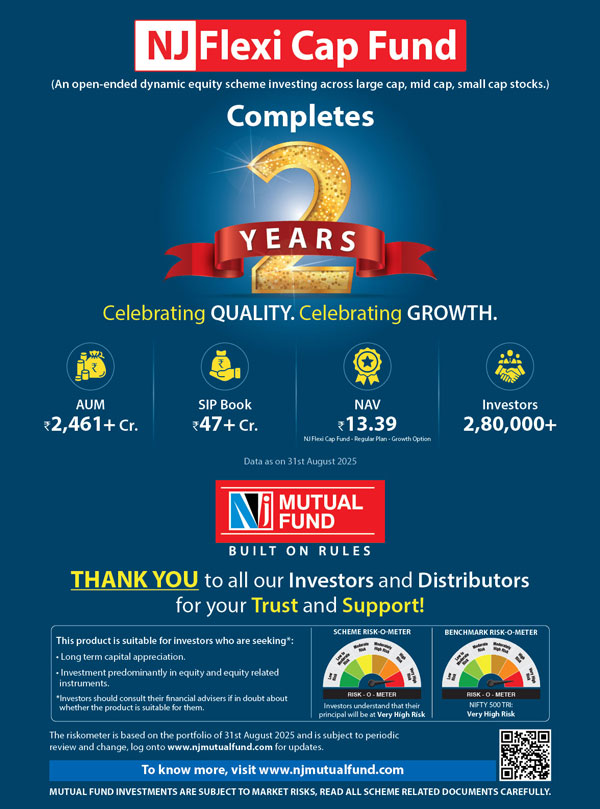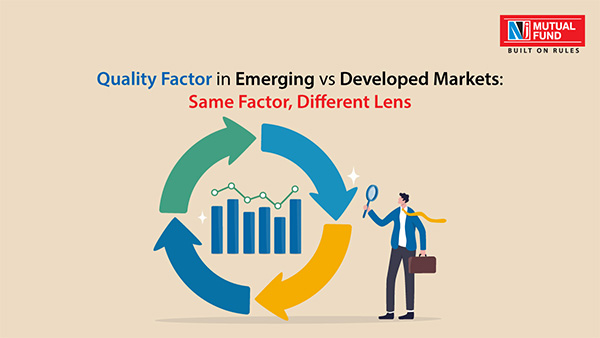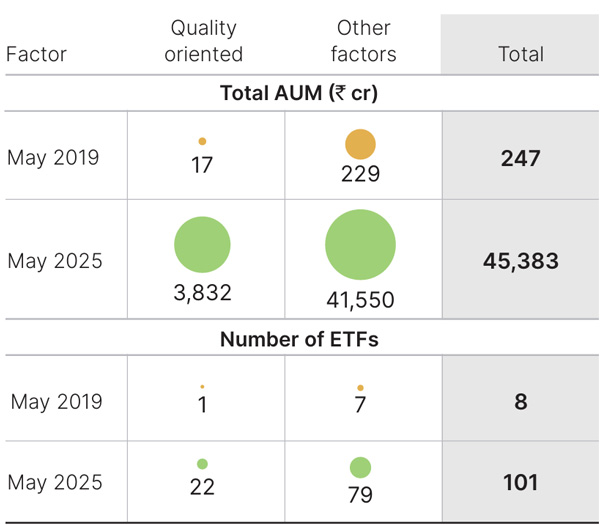Developed markets (DMs) and emerging markets (EMs) operate under very different dynamics. While the definition of quality may be rooted in similar principles globally, how it manifests and what it protects against differ dramatically between emerging and developed markets. The context in which the factor operates is just as important as the factor itself.
In developed markets (DMs), quality often signals consistency, steady earnings, efficient capital allocation, strong corporate governance, and low financial risk. These economies have mature institutions, strict regulatory norms, and efficient capital markets. Here, the quality factor helps investors distinguish long-term compounders from average businesses.
In contrast, emerging markets (EMs), like India, are marked by rapid growth, political and currency risks, evolving regulations, and often, information asymmetry. In these environments, quality is more about survivability and durability. It helps investors be clear of corporate governance lapses, balance sheet stress, and financial manipulation, all of which are far more common than in developed peers.
For instance, while a US investor may define quality as a firm that increases dividends regularly, an Indian investor may value clean accounting, conservative debt practices, and founder transparency more.
Here's a simple contrast of key characteristics:
| Aspect |
Developed Markets (DMs) |
Emerging Markets (EMs) |
| Governance norms |
Well-established, stable |
Evolving; often inconsistent |
| Financial disclosures |
Standardised, transparent |
Varies across companies; sometimes opaque |
| Earnings quality |
Typically high |
Mixed, prone to red flags |
| Investor behavior |
Institution-driven, rational |
Retail-driven; subject to herd behavior |
| Market cycles |
Mature, low volatility |
Growth-oriented, high volatility |
| Currency/inflation risk |
Low |
High impact on earnings and capital costs |
| Access to capital |
Easier, cheaper |
Uneven, often costly for weaker firms |












